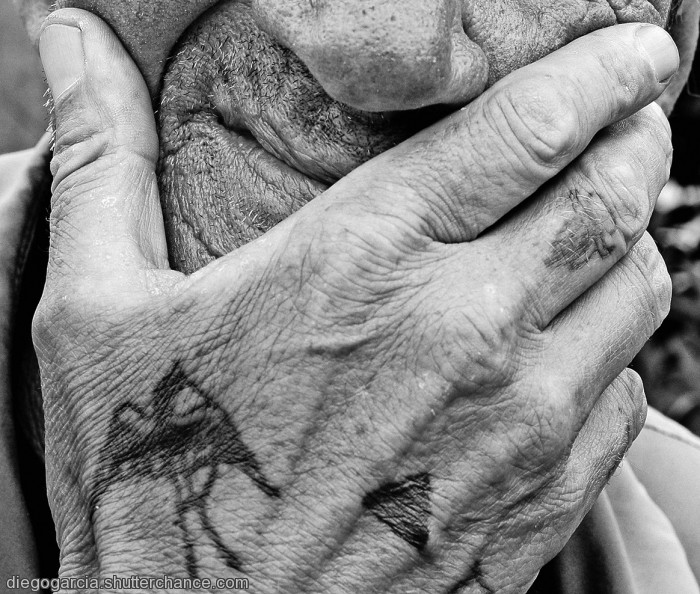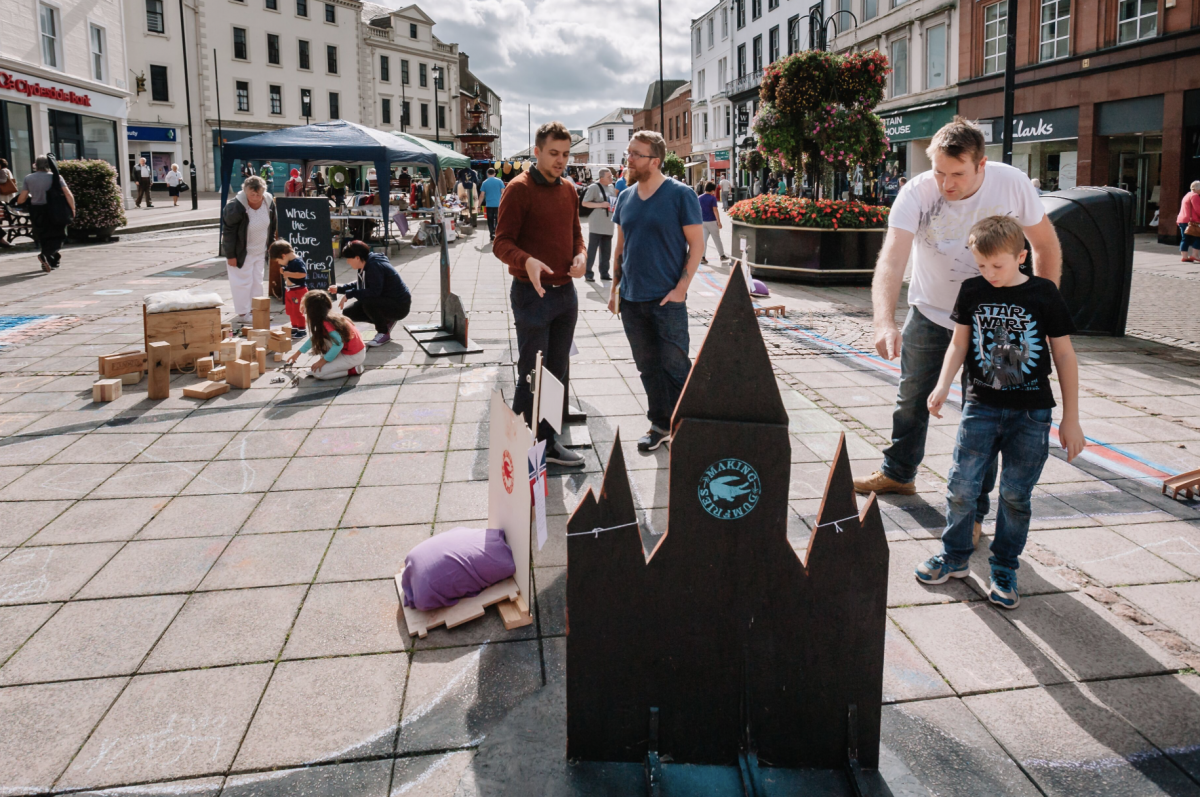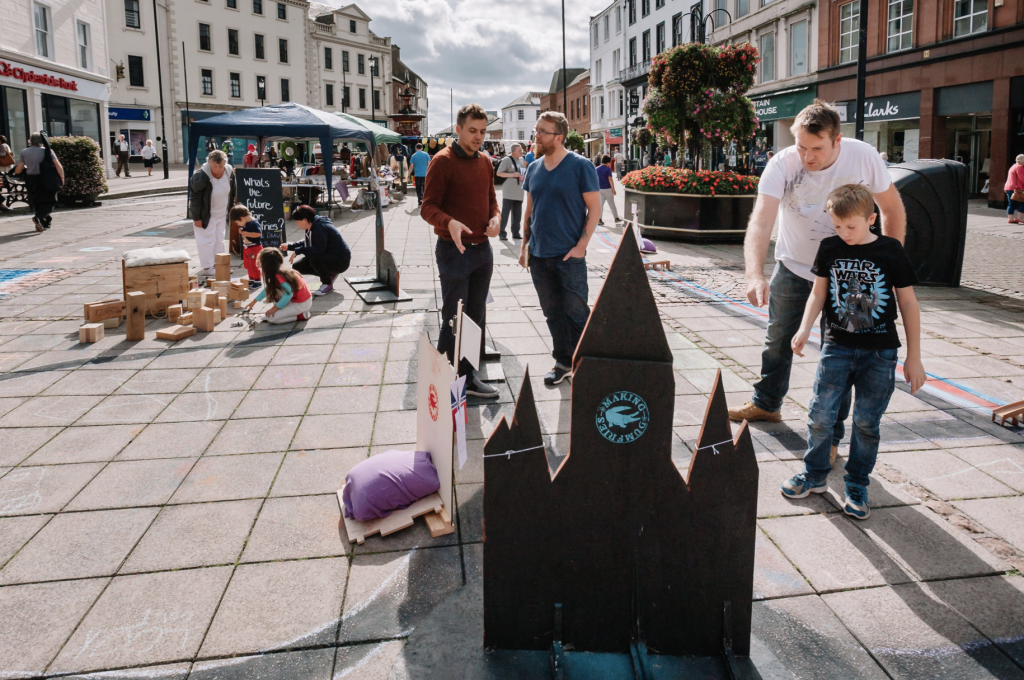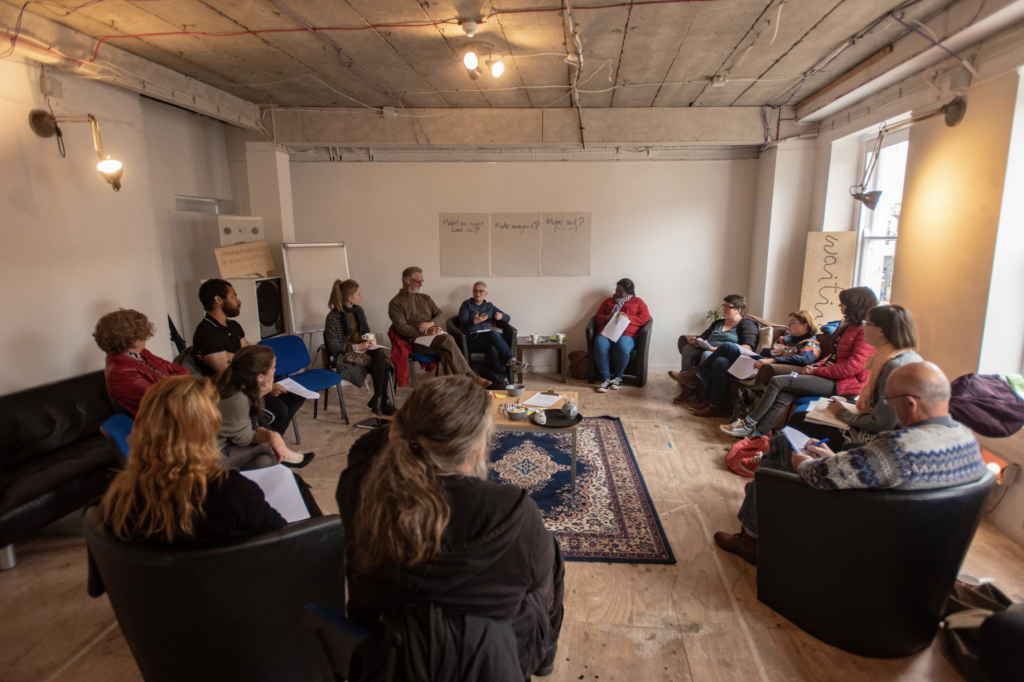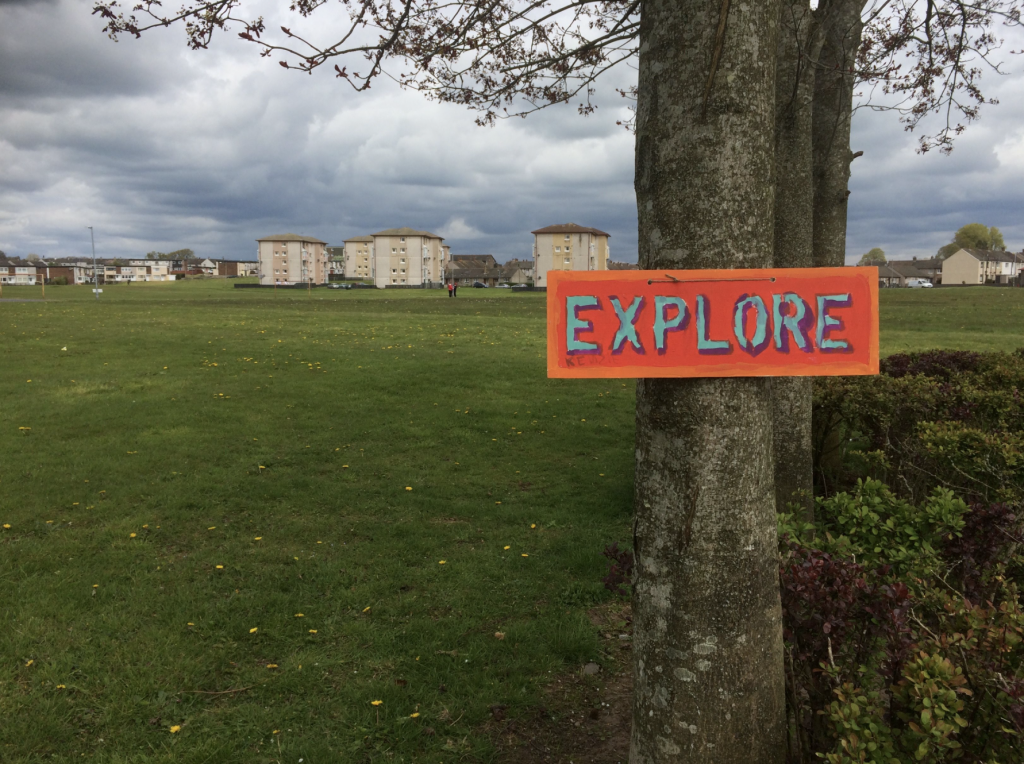Themes that The Stove have collectively been thinking about during the Lockdown and which we are proposing as areas of exploration for the commissions within the Atlas Pandemica: Maps to a Kinder World project.
1. Decision-making
What has been our experience of leadership? How has power in influence been balanced between local and centralised decision-making? What examples and lessons are there about how ordinary people and communities have played a part in influencing how we are coping with the pandemic in South West Scotland? What new relationships have been formed between the formal and informal networks around us? Maybe a research residency within Dumfries and Galloway Council?

2. Stories
COVID is something we will be talking about for many generations – what stories we tell and how we tell them is a vital role of culture and the arts in society. What are the stories relevant to life in a post-pandemic society? Who are the storytellers? What stories bare the most relevance for our locality? What are the myths/folklore we can rely upon to help instruct, warn and guide our lives through this? What do stories do? What functions do they fulfil and what ways can they be used now?
3. Food
Food is so much more than fuel – it is central to gestures of care and hospitality. Finding new ways to share food has renewed old relationships, maintained existing ones and created new ones. The reality of how our food supplies work and their production processes have never been more clearly revealed, or, the contrast with local food production and infrastructure – where next for how we nourish ourselves as a society? What are the possibilities in the local supply? How do we nurture a responsibility towards sustainability in the purchase of food? What is the ‘growing culture’ locally and how do we develop this?

4. Travel
Cars have been off the roads and bikes and people have been on them. The distances that separate our communities, regions and communities suddenly seem similar to how they must have appeared a hundred years ago. Yet, public transport now seems dangerous and cars a protective bubble – does this herald a new era of even starker divisions between those who can afford to be safe and those who cannot…or is this an opportunity to rethink how we move about from first principles?
Particularly in a region whose sparse population is geographically spread out, what do digital technologies mean to our ideas of distance and proximity?

5. Communities
Mobile communities, communities of interest, geographic communities, temporary communities…our separateness and connectivity as groups of people has been questioned, revealed, side-lined and speculated upon by COVID. Yet fundamentally our future has to work for all of us – what can an understanding of particular groups and their relationship to how the structures of our shared existence function tell us about how we re-organise ourselves from here.

6. End of Life
Funerals, grief, how people reach the end of their lives and the role of communities, families and the state. How we die, how our families and friends mark death, and how our society supports our passing. Mapping and understanding a culture of death.
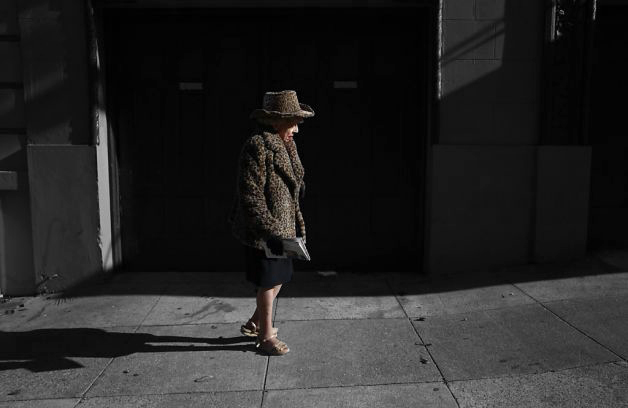
7. The Public Sphere
What are public spaces for now? Do we still need town centres and public places to gather and express our commonality and our difference? What will activate public places now with traditional retail in even sharper decline? What uses can we find for newly empty buildings and other public places? How do we maintain social cohesion through the act of gathering in the aftermath of the pandemic? Can our public spaces be re-purposed in a time of time of social distance?
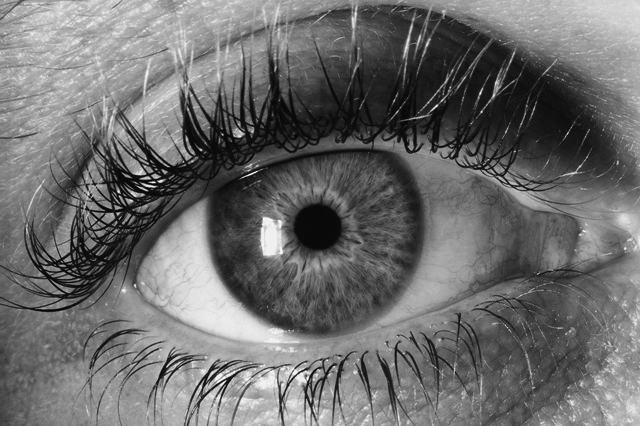
8. Care
COVID has shone a light on care in our society from care homes to hospitals, from public health to mental health from education to families. We have seen how deeply we depend on those who care in our society – what have we learned and where do we go from here? What a does a localized approach to care in our communities mean? What are the resources currently available and how does our society seek to nurture our wellbeing and engrain mental resilience in tackling the problems before us?

9. Diversity and under-represented groups
In times of extreme urgency, it is all too easy for the needs and opinions of the ‘majority’ to dominate. But if the voices of less represented groups are not heard now and heard with as much urgency as other voices, how do we hear those voices and their essential messages and build a future that celebrates diversity and difference?
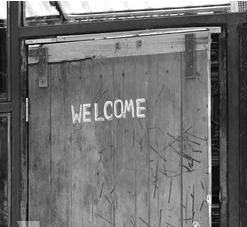
10. Hospitality
Welcoming places and communities are crucial to economic industries like tourism – and much of our social code as a society is built around ancient principles of hospitality. How do we re-imagine hospitality in an age when people entering a place or group potentially bring a health risk with them or put themselves at risk by travelling. Has this traditional behaviour found new meanings and value in a time of crisis?

11. Nature and the natural world
Awareness and appreciation of the natural world has been one of the universal experiences of COVID. What new understandings have been revealed about our relationship to the natural world, when it can both support and endanger us.
We have seen unprecedented reductions in carbon emissions and immediate impacts in the environment around us. Possible themes of preservation, resource, healing and the boundaries of the human and non-human world. How do we embed this new learning in our common future?
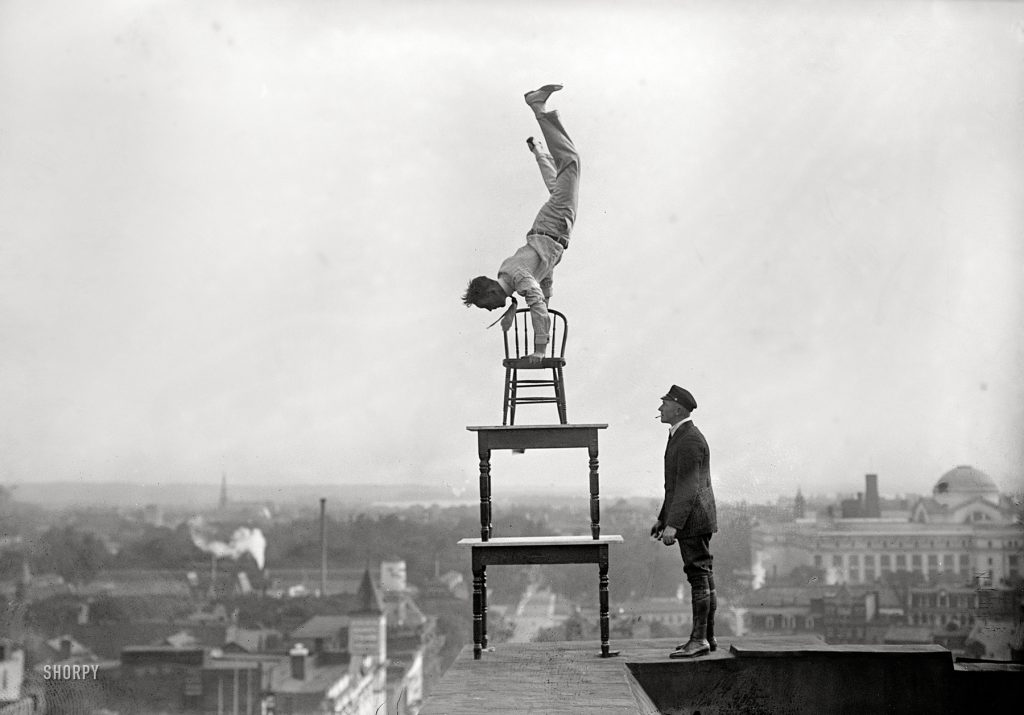
12. Creativity – creative structures and processes
What is the role of creativity in times of crisis? What are the implications of COVID for creative practice? What will be the future function of our cultural buildings? What part can creativity play in the new world and communities that we are all making together?
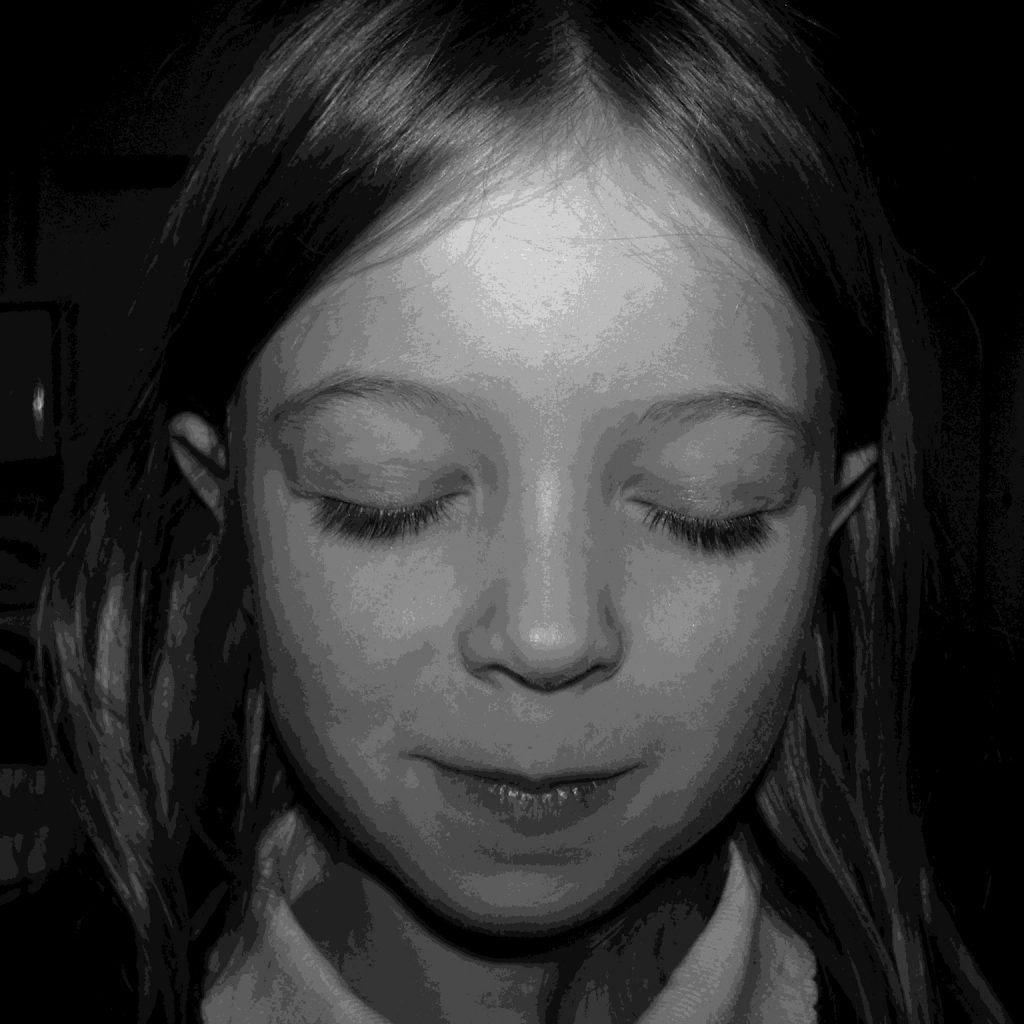
13. Relational vs Transactional systems
To date, the world we have all shared has been overwhelmingly been based on the logic of transactions – attributing monetary value to things and then exchanging, goods, services etc on that basis. COVID has exposed the fundamental importance of the way things make us feel – how we relate to each other and the world around us. Could we strike a new balance between the relational and the transactional in a new future?
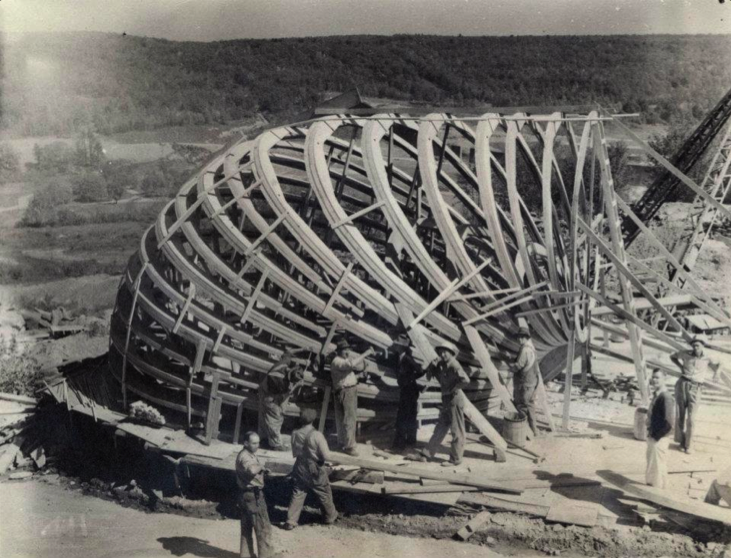
14. Enterprise and localised economy
As we emerge from lockdown it is likely that many, many people will find themselves newly unemployed. There will be newly empty premises and many people will be forced to move home. What are the opportunities and ideas for creating the conditions for new initiatives, projects and businesses to start? As a region can we create a new economy based on our local assets – one that retains prosperity locally and forges a new relationship with urban centres and countries?


